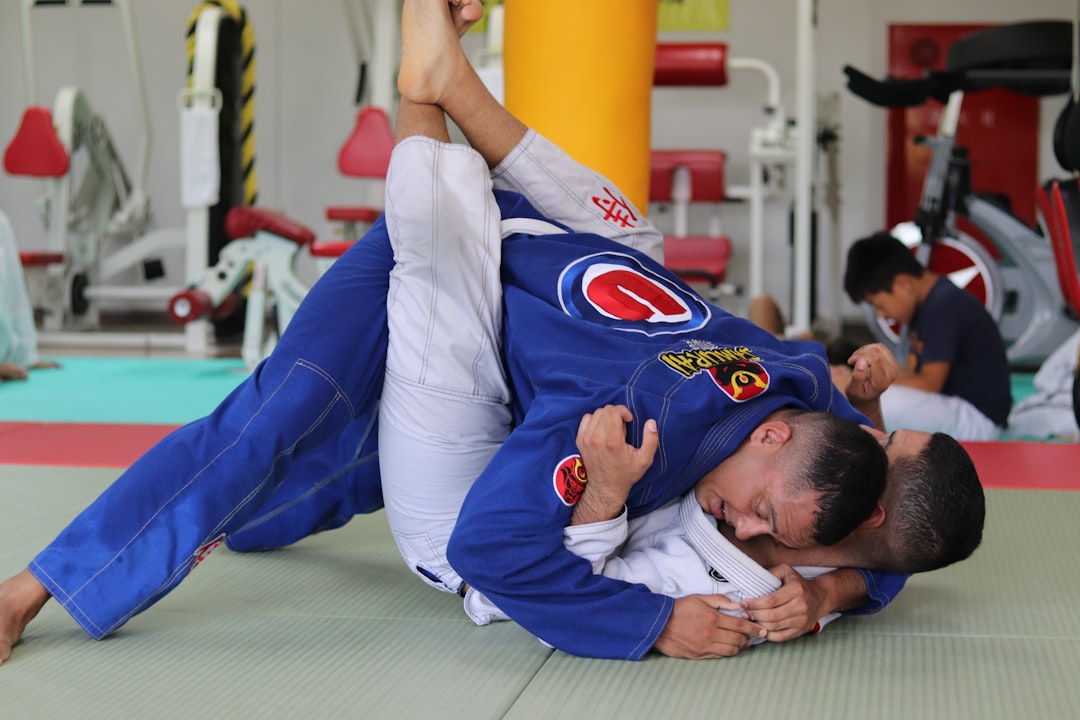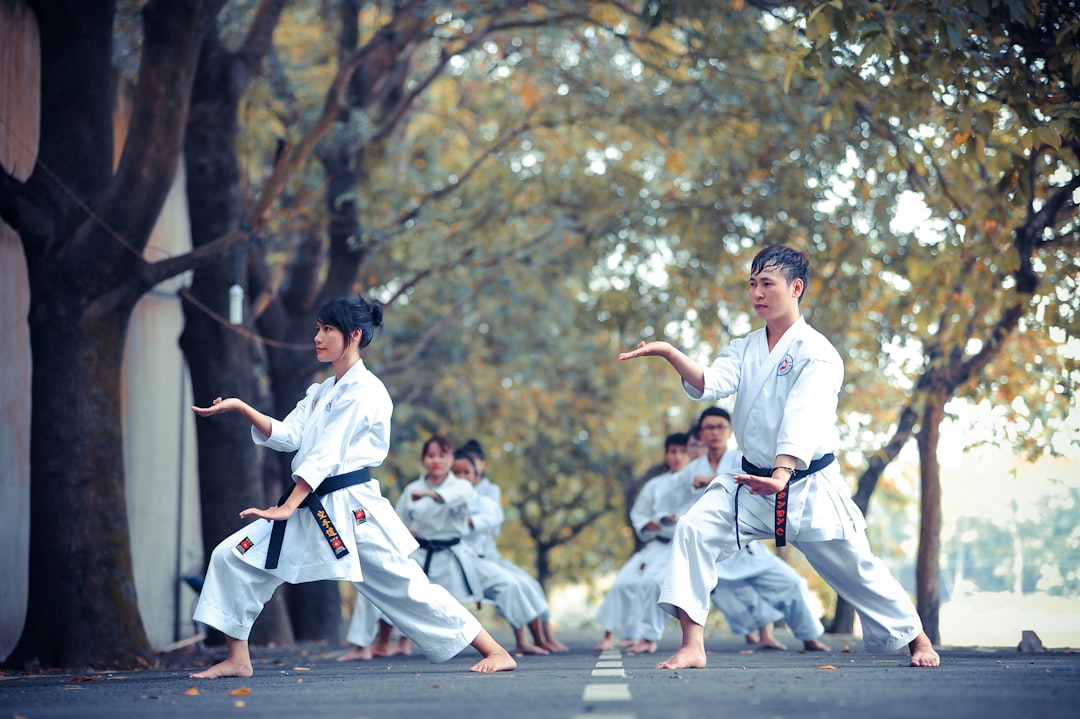Training karate at home has become a popular and accessible way to master this martial art, offering comfort and flexibility. The right attire plays a crucial role, ranging from traditional cotton karate gi uniforms that allow unrestricted movement, to modern specialized training outfits combining style and functionality. By leveraging online resources, dedicated practice, and strategic home setup, individuals can effectively learn fundamental techniques, improve fitness, and cultivate discipline, all while enjoying the convenience of their own space. This guide explores the ideal blend of tradition and modern training gear for an enriching karate journey regardless of location, emphasizing both comfort and performance.
What to Call a Karate Outfit: Outfitting Your Home Dojo
Karate, an ancient martial art, requires not only dedication but also proper attire to enhance performance and respect for the discipline. When setting up your home training space, understanding the terminology and significance of a karate outfit is key. This guide will delve into the cultural importance of traditional karate clothing and offer practical advice on choosing and curating your very own home dojo wardrobe, ensuring comfort, style, and functionality during your train karate sessions.
- # What to Call a Karate Outfit for Training at Home
- 1. Understanding the Cultural Significance of Karate Attire
- – Explore the origins and traditions behind traditional karate clothing.
# What to Call a Karate Outfit for Training at Home

When it comes to training karate at home, choosing the right outfit is essential for both comfort and performance. Many practitioners opt for a simple yet functional ensemble that allows for unrestricted movement. A traditional karate gi or uniform is a popular choice; this attire typically consists of a cotton or linen dobari (top) and hakama (loose-fitting pants). The gi provides excellent breathability, making it ideal for intense training sessions in the comfort of your home?
For those seeking a more modern alternative, various brands offer specialized karate training outfits designed specifically for practice. These sets often feature lightweight, flexible materials that mimic the feel of traditional gear but with added convenience. Such outfits can include a form-fitting top and matching bottoms, sometimes accompanied by a belt to secure the ensemble during vigorous exercises. This option is perfect if you’re looking for something versatile that seamlessly blends functionality with style for your home karate training sessions.
1. Understanding the Cultural Significance of Karate Attire

– Explore the origins and traditions behind traditional karate clothing.

Karate attire, often referred to as a gi or dobok, is more than just clothing; it represents centuries of tradition and discipline. The term ‘gi’ literally translates to “clothing” in Japanese, reflecting its role as both protective gear and a symbol of the martial artist’s commitment. Originally designed for practical use during training and combat, these outfits have evolved to become iconic symbols of karate’s rich heritage. The traditional gi is made from lightweight cotton, allowing for ease of movement during intense physical activity? It consists of an overgarment and pant, tied together with a belt, known as an obi or kumikata.
The dobok, on the other hand, is the modern variant commonly worn when training karate at home or in structured classes. Introduced in the 20th century, it streamlines the traditional design for better flexibility and comfort. The dobok’s color often signifies the wearer’s rank and dedication to the martial art, with darker shades reserved for higher-ranking practitioners? This uniformed attire fosters a sense of camaraderie among students, promoting equality and focus during practice sessions.
When it comes to training karate at home, selecting the appropriate outfit is more than just a fashion choice—it’s a respect for the art form’s rich cultural heritage. Traditional karate attire, or gi, signifies discipline, modesty, and the wearer’s commitment to their martial arts journey. By donning this modest clothing, practitioners can focus on their training with a clear mind, emulating the values of humility and perseverance that are at the core of karate philosophy. Whether you’re a beginner or an advanced student, adhering to these cultural norms will not only enhance your practice but also foster a deeper connection to the spirit of karate.
